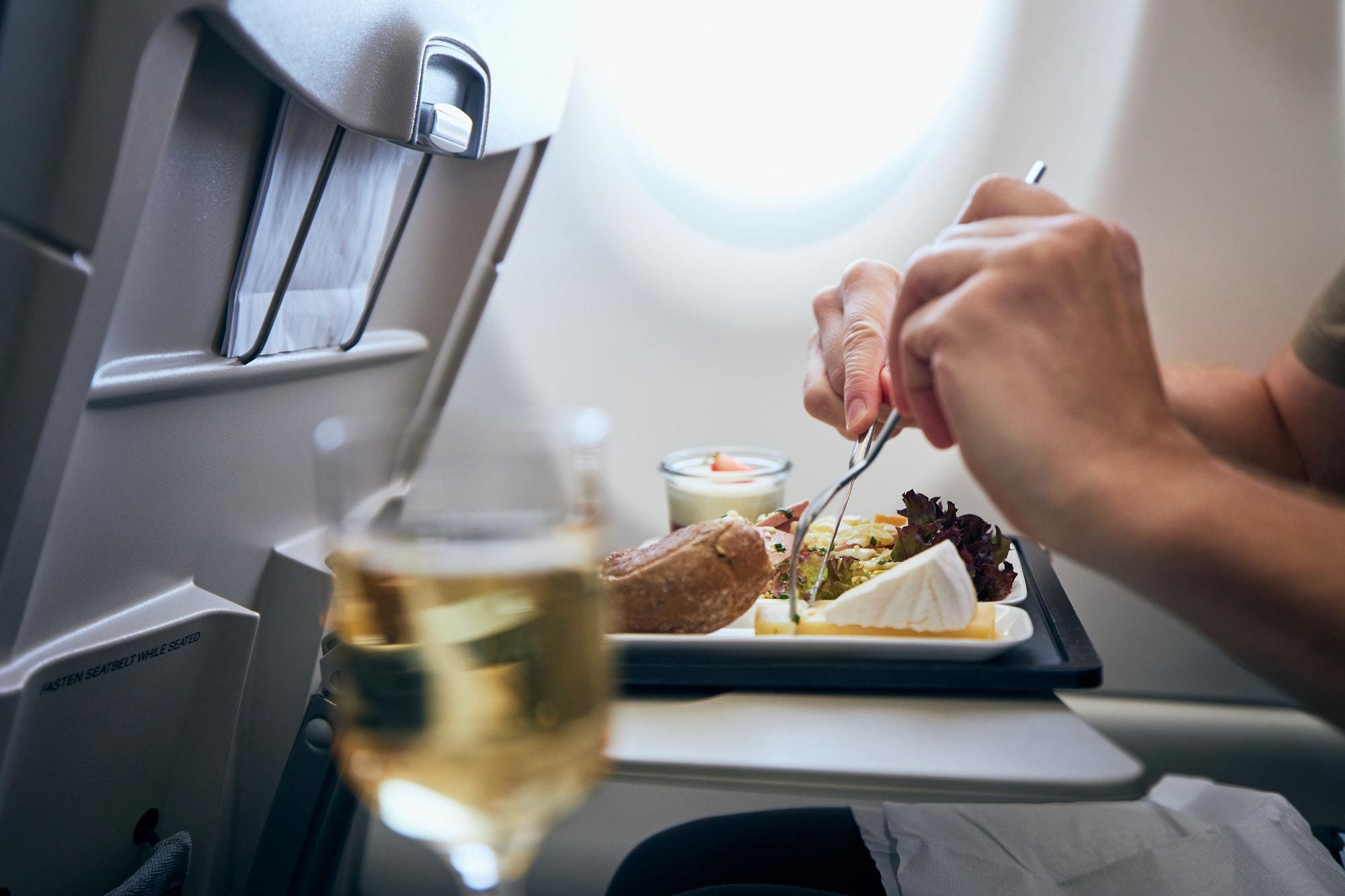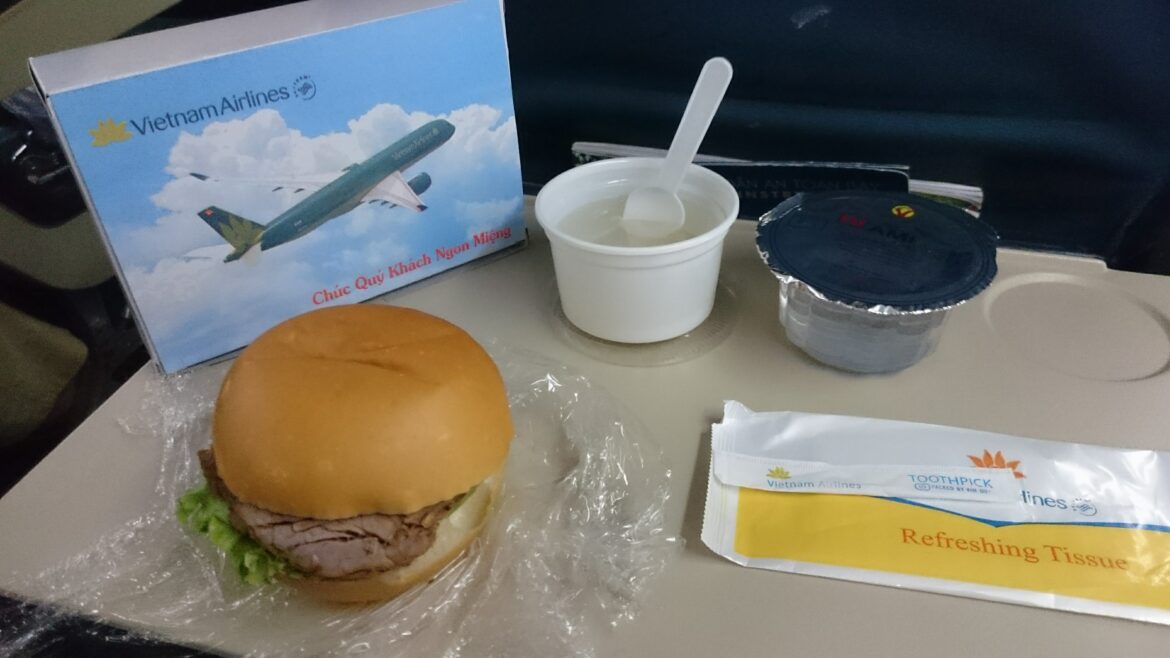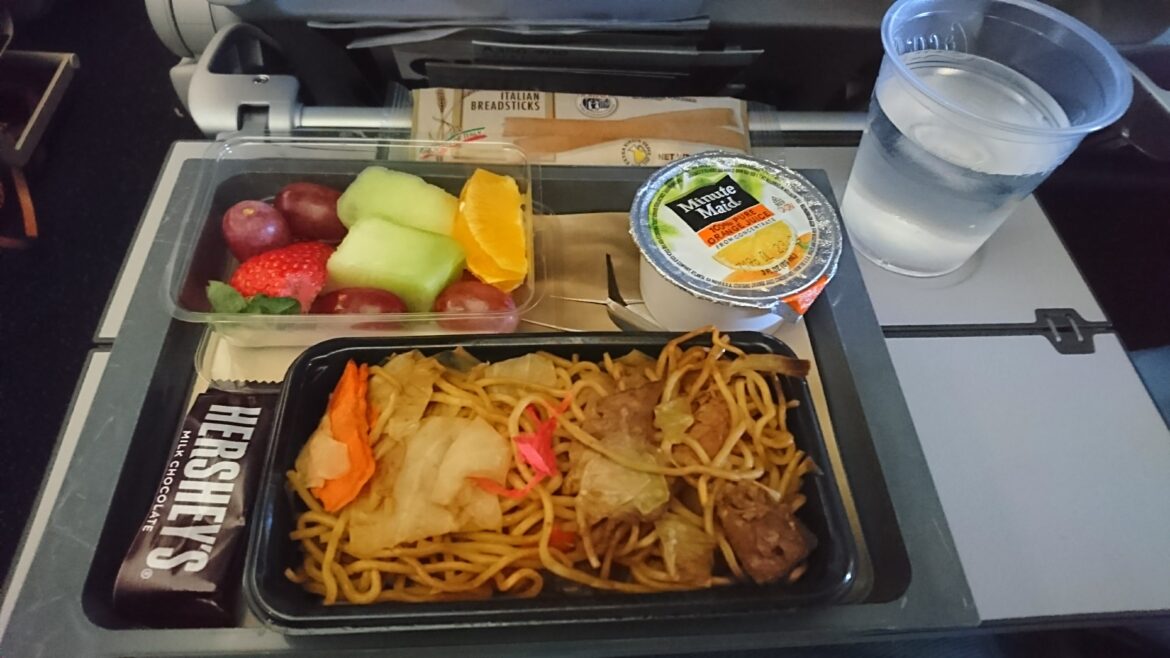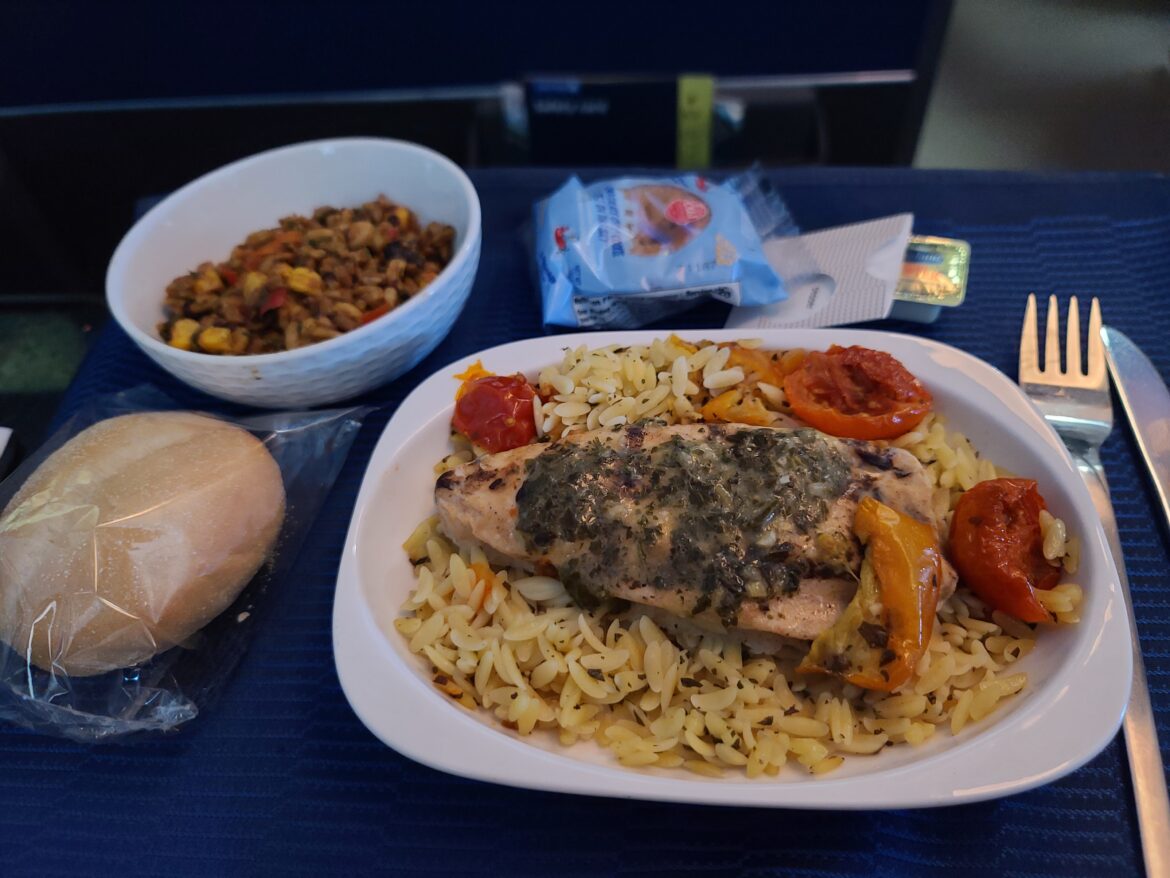
How to Boss Travelling Solo
There are so many great reasons to think about travelling solo. For one thing, it is one of the best possible ways to learn about who you really are as […]
 play_arrow
play_arrow
Anthony’s Philippines: “It was an Adventure” Jake Redman
 play_arrow
play_arrow
Anthony’s Amazing Singapore: “Toe Dipping” Point of SE Asia Jake Redman
 play_arrow
play_arrow
Anthony’s Ireland: Hellman’s Makes Ketchup Too Jake Redman
 play_arrow
play_arrow
Dallas, Disney and Deals. Our 100th Episode. Jake Redman
 play_arrow
play_arrow
AirBnB Cancels Some Cancelling & Jake Thinks Charlotte is a Beach Town Jake Redman

Reasons Why Food May Taste Different On Planes
There has always been a debate about airplane catering and how bland many of these foods taste. Some argue that premium-class airplane food tastes better than the trays of meals served in the economy section. However, the question is why a $6 billion airline catering industry doesn’t seem to have many positive reviews among frequent fliers. Indeed, there are different reasons why you may not be too impressed with what you are served mid-air. These are a few of why this could be so.

Airplane meals are reheated
According to culinary experts, reheating food over and over can change its composition. Constant heat exposure impacts the chemical composition of cooked ingredients, which ultimately affects the taste and even aroma. Food can be reheated often onboard the plane because actual cooking is done on the ground. In other words, a team of cooks and chefs prepare the meals in a secure location before they are loaded onto the airplane and into refrigerators.
Save for a salad entree or something like it, these meals cannot be eaten frozen or cold, hence the need to reheat in convection ovens before distributing to passengers mid-air. So, when your trip is a long one, you can imagine how many times these packed meals might be reheated. This is particularly crucial for meat or other foods susceptible to bacteria or spoilage. Besides, it’s better to eat a warm (sometimes bland) meal than a cold one that may upset your stomach while in the air. And when you arrive at your destination, you can have your fill of good local food like Rosati’s Italian food in Chicago.
Poor ingredients quality and mass-produced recipes
Do you know why chef royalty Gordon Ramsay blatantly refuses to eat airplane food? Having worked in the airplane catering industry for over ten years, Ramsay describes these meals as hardly gourmet. That should get you thinking why a personality who has spent a decade in that industry would reject such meals he got paid for cooking. Although Gordon Ramsay attributes this aversion to the long hours and type of storage used, there are other reasons he left out.
Some circles believe that the pressure of cooking for hundreds of passengers on short notice impacts ingredient selection. In other words, the less expensive the ingredients are, the better it is in the money-saving department. Cheap ingredients translate into cheap taste. In all fairness, some airlines have made deliberate efforts to upgrade food quality and add premium spices to improve the taste of meals on board their planes.

Fatigue
Indeed, physical and mental fatigue can negatively impact your taste buds and even your sense of smell. Having gone through airport hassles like ticketing, waiting long hours for the flight, security, customs, etc., you may already be tired and ready to rest your feet and eyes. According to science, physical and mental fatigue impede taste stimuli. Subsequently, what you end up with is sensory enervation.
The olfactory receptors within the nose work hand in hand to interpret flavor and taste. Therefore, because fatigue has set in, it takes a while (most likely after the plane lands) for your taste buds to recover their full functions. So, sometimes, it’s not entirely about airplane food.

Dryness, altitude, and low pressure
First and foremost, inside the airplane (before takeoff), the pressurized cabin affects your sense of smell. The next sensory organ to be impacted is taste. When the plane finally gets off the ground into the air, air pressure and humidity levels take a further plunge. Therefore, when you’re flying at 20,000 to 40,000 feet above sea level, the air gets very dry. Research has indicated that humidity can drop below 12%. This is why some people experience sudden dryness in the nose when in mid-air. Others also experience sudden ear blocks.
At this point, not even your favorite food will taste the same. Pressure, altitude, and low humidity affect food quality. That is why if you’ve ever eaten meat on a plane, it may have noticed that it tastes dry and extra chewy. More than enough moisture has been sucked out of that meat, causing protein structures to get rigid.
Several reasons account for why airplane foods have gained notoriety for their blandness. Fortunately, more culinary research is being conducted to improve the quality of taste for passengers in mid-air. Therefore, the next time you get on board the airplane, avoid lamenting too much about how terrible the meal is. At least it is better than not having anything at all to satisfy your hunger on a long flight.
What’s your take on airline food? Let us know in the comments or @modhop on twitter, instagram or TikTok.
Tagged as: airline cuisine, airplane food, delta airlines, first class food, Food on Planes, gordon ramsay, United Airlines, vietnam airlines.


Contributing Author October 7, 2021
There are so many great reasons to think about travelling solo. For one thing, it is one of the best possible ways to learn about who you really are as […]
© 2023 modhop All Rights Reserved. Unauthorized use and/or duplication of this material without express and written permission from this site’s author and/or owner is strictly prohibited. Excerpts and links may be used, provided that full and clear credit is given to modhop with appropriate and specific directions to the original content.
Post comments
This post currently has no comments.